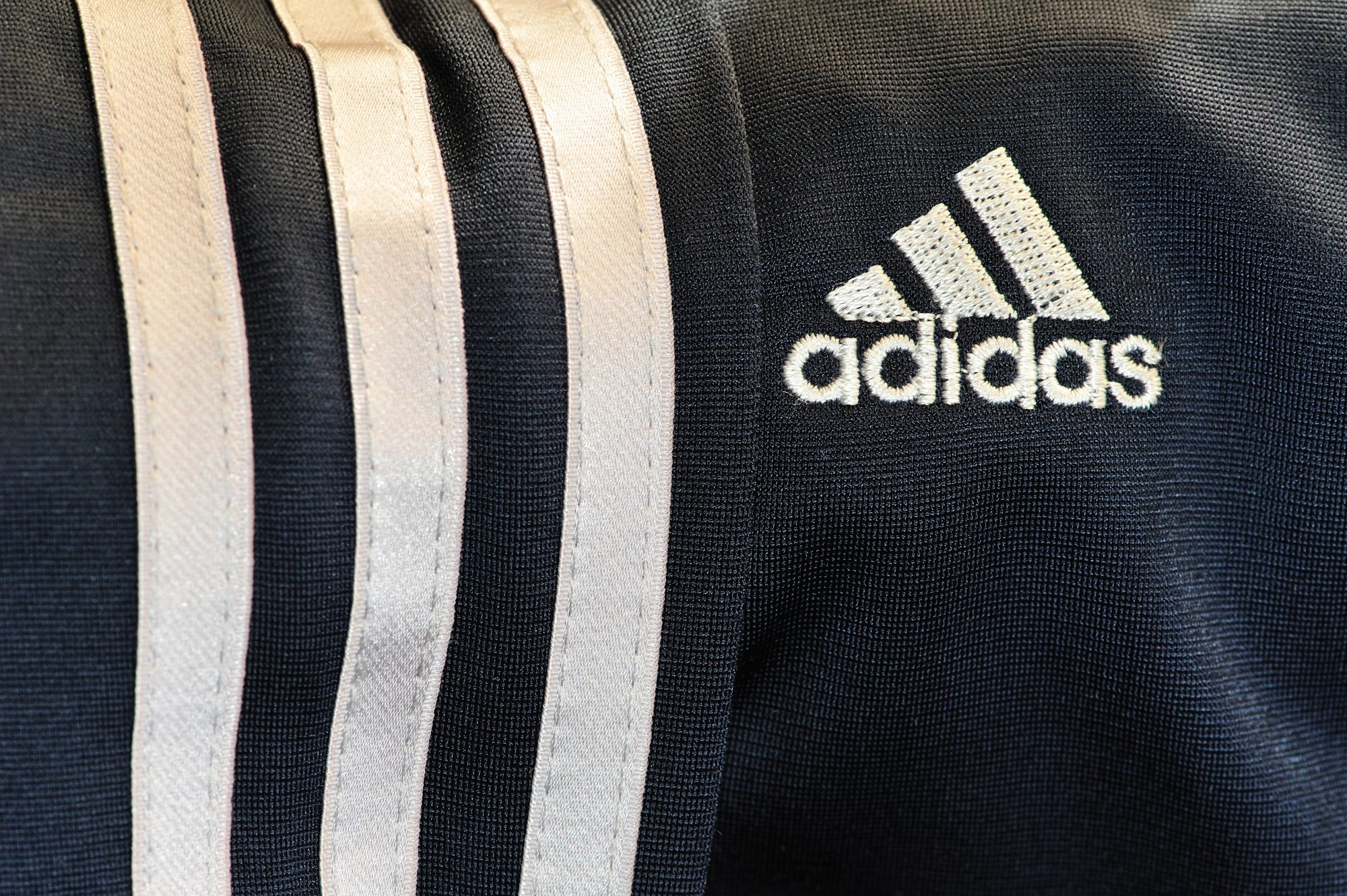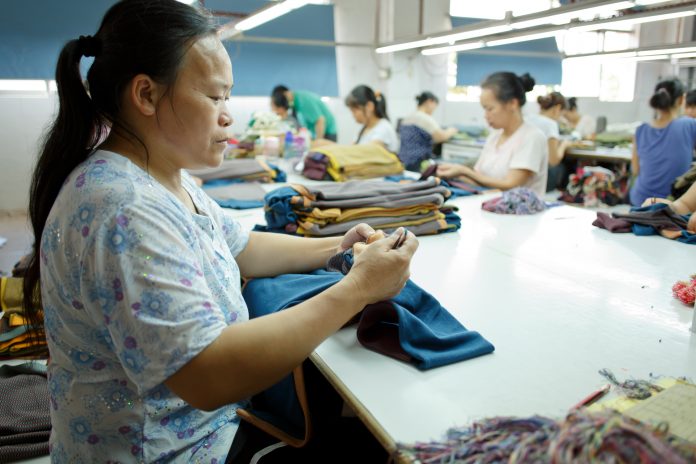This study examined 302 factories, finding that forced labour and exploitation increased in garment supply chains across Ethiopia, Honduras, India and Myanmar
This University of Sheffield research looks at those directly involved in creating garments which are worn in the UK and Europe. While the plight of Bangladeshi garment workers was discussed in the mainstream in 2020, their conditions did not significantly change.
Alongside them, workers in countries across the world experienced an adjustment to their lives – which could mean anything from losing their jobs, as in Ethiopia, to being forced to work longer for less pay. This data, analysing the facts from 302 factories in Ethiopia, Honduras, India and Myanmar, found that many companies failed to meet commitments to good practice. This includes fair working conditions, giving genuine pay and stopping any exploitation.
‘False promises and deception’, explains Professor LeBaron
Professor Genevieve LeBaron, from the Department of Politics and International Relations at the University of Sheffield, said: “There is no commonly held definition of what constitutes forced labour, and unlike the public perceptions of modern slavery, people may not be held against their will or trafficked unknowingly into their situation.
“They may end up in a job that they are unable to leave due to a number of reasons; false promises and deception to keep a person working in increasing worsening conditions, threat of penalties against the worker or their family if they left, or sometimes bonding a person into debt to the manufacturer through poor pay, leaving them struggling to cover their basic needs for housing and food.”

‘Unequal impact of COVID-19’, says Jakub Sobik
Jakub Sobik, Communications Director at the Modern Slavery PEC which funded the research on garment supply chains, said: “This report highlights the unequal impact of Covid-19 across complex business supply chains and the need to do more to protect workers producing garments sold across the world from exploitation.
“Businesses should consider how their actions can rectify the situation and develop different responses for the future, while working with governments to ensure a level playing field for all businesses, incentivising those which apply good practice already.”
Can inequalities in the garment supply chain be solved?
Professor LeBaron further commented: “Our report shows that retail companies tried to offset the potential damage of the pandemic by shifting losses onto their suppliers and workers who would least afford it. Most of these companies have very deep pockets and need to act immediately to address the social challenges their pandemic responses have created.
“Banning the sale of below-cost price and forced labour made goods, ensuring companies relieve the supply chain pressures that cause suppliers to use unfair labour practices, and requiring brands to report on public bail out funds received and how these have been used, would be a good start to force retailers to be more transparent about how they work; helping tackle the increasing inequality experienced by supply chain workers that satisfy our demand for high-end, and fast fashions and helping consumers make more sustainable and ethical choices when shopping.”











